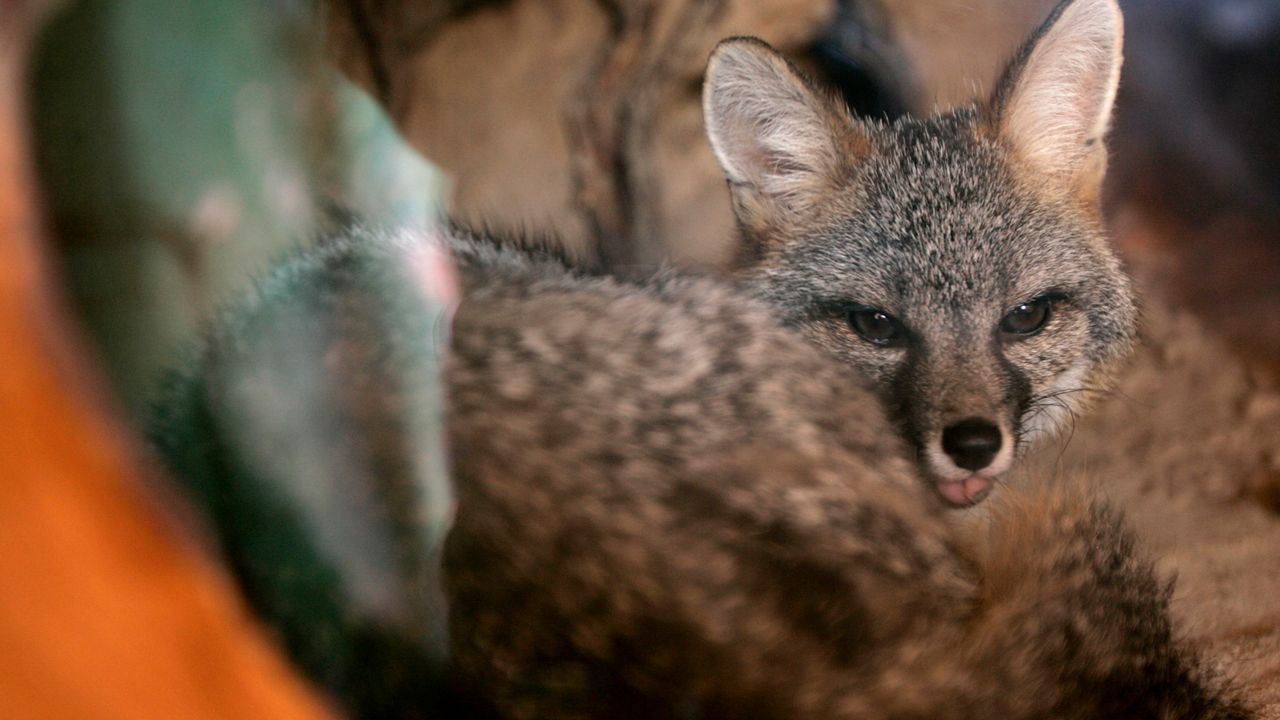SAN MARCOS, Texas — Central Texas has, of late, been the scene of a higher-than-average rate of fox-related incidents, whether it be a rare fox attack in San Marcos or the discovery of a rabid fox in the Wimberley area. It’s important to remember that, adorable as they may be, foxes, whether rabid or otherwise, are wild animals, and should be treated as such.
Nikolas Farrell, or “Nature Nik,” is a former Parks employee and a nature school teacher. He’s also an NAI Interpretive Guide, whose job it is to help people better understand the relationship between humans and these wild animals, and he has some advice for those who might encounter a fox, whether in the wild or otherwise.
“I’ve had the pleasure of observing many of these animals up close, from a respectful distance,” Farrell said. “I can say with certainly, though, wild animals are amazing to watch, but they should never be touched.”
Farrell goes on to say that a commonly observed species like a Grey Fox, a nocturnal animal, are typically spotted in the early morning, after a night of hunting, and can be particularly defensive or aggressive if startled after a meal, or while preparing to rest.
“While most foxes will flee when they feel threatened,” he said, “they can and will defend themselves if needed.”
Farrell says there are three specific things you should consider when deciding whether or not to interact with a fox in the wild. Claws, teeth and exposure to the environment.
“Their claws are sharp enough to tear through the flesh, and, if provoked, could easily cut human skin,” Farrell said. “Any animal that can rend flesh should never be approached or attempted to be touched in the wild.”
The fox’s bite is also a danger.
“A Grey Fox’s bite force quotient is estimated around 80. To put it in perspective, I believe the average domestic cat’s BFQ is about 67,” he said. “While this doesn’t seem like a huge difference, foxes, like most canines, will violently shake their prey until they kill it.”
Finally, Nik says that, because foxes live in burrows, they frequently dig with their claws, which can collect dirt, bacteria and parasites. As wild animals, they carry unknown pathogens that could make us extremely sick.
As for how to interact safely, Farrell says “binoculars and zoom lenses and phones are your best friends.”
He advises researching which wildlife lives in your area to learn more, and to use the Texas Parks & Wildlife and your local parks department to find out more.
“Wildlife encounters can be magical,” says “Nature Nik," "but they require mindfulness.”











